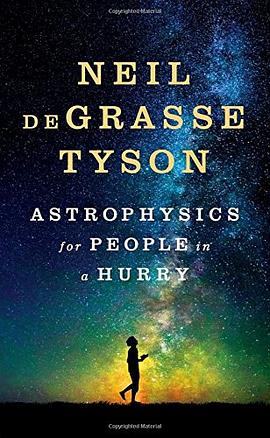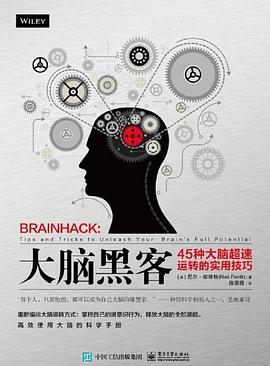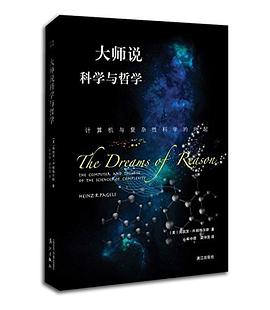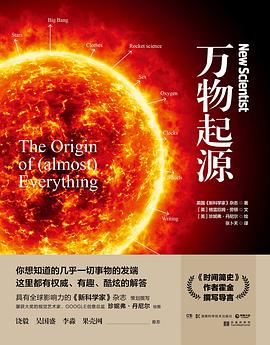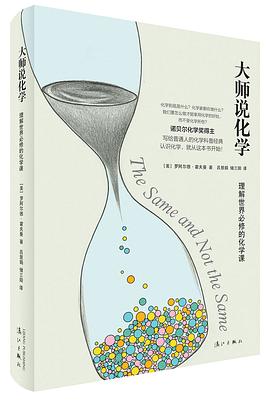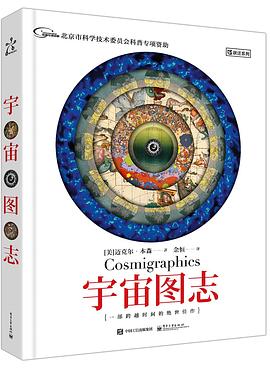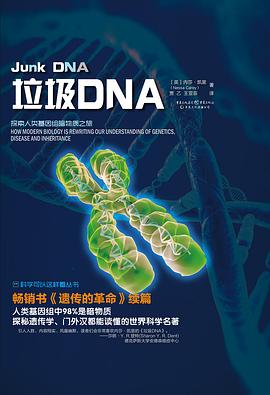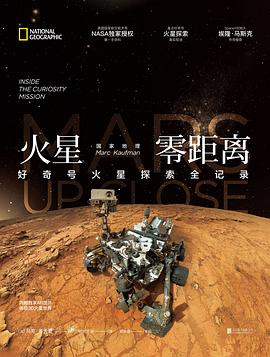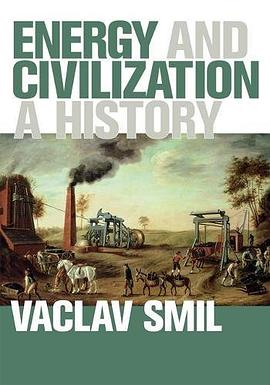

具体描述
Vaclav Smil is Distinguished Professor Emeritus at the University of Manitoba. He is the author of forty books, including Power Density: A Key to Understanding Energy Sources and Uses and Made in the USA: The Rise and Retreat of American Manufacturing, both published by the MIT Press. In 2010 he was named by Foreign Policy as one of the Top 100 Global Thinkers. In 2013 Bill Gates wrote on his website that "there is no author whose books I look forward to more than Vaclav Smil."
A comprehensive account of how energy has shaped society throughout history, from pre-agricultural foraging societies through today's fossil fuel–driven civilization.
"I wait for new Smil books the way some people wait for the next 'Star Wars' movie. In his latest book, Energy and Civilization: A History, he goes deep and broad to explain how innovations in humans' ability to turn energy into heat, light, and motion have been a driving force behind our cultural and economic progress over the past 10,000 years.
―Bill Gates, Gates Notes, Best Books of the Year
Energy is the only universal currency; it is necessary for getting anything done. The conversion of energy on Earth ranges from terra-forming forces of plate tectonics to cumulative erosive effects of raindrops. Life on Earth depends on the photosynthetic conversion of solar energy into plant biomass. Humans have come to rely on many more energy flows―ranging from fossil fuels to photovoltaic generation of electricity―for their civilized existence. In this monumental history, Vaclav Smil provides a comprehensive account of how energy has shaped society, from pre-agricultural foraging societies through today's fossil fuel–driven civilization.
Humans are the only species that can systematically harness energies outside their bodies, using the power of their intellect and an enormous variety of artifacts―from the simplest tools to internal combustion engines and nuclear reactors. The epochal transition to fossil fuels affected everything: agriculture, industry, transportation, weapons, communication, economics, urbanization, quality of life, politics, and the environment. Smil describes humanity's energy eras in panoramic and interdisciplinary fashion, offering readers a magisterial overview. This book is an extensively updated and expanded version of Smil's Energy in World History (1994). Smil has incorporated an enormous amount of new material, reflecting the dramatic developments in energy studies over the last two decades and his own research over that time.
用户评价
购买链接:https://item.taobao.com/item.htm?spm=0.7095261.0.0.900a1debBaHQ0r&id=565276800175
评分 评分 评分 评分##现代世界是一个高能消耗的文明,这是显然的。每个个体的经验都可以极为丰富地扩充这个概念:食物是身体每天所需的能量来源,所关心的石油价格是汽车的能量来源,生活中一切大大小小的机器——冰箱、冷气、炉灶、电脑、手机等,电力是他们的能量来源。 身兼科学家与历史学家的瓦...
评分##这是一部资料详实的能量文明进化史,从原始社会的采集开始,历经农业、工业等一系列的技术革命,人类文明对于能量的掌控终于来到了一个关键节点。在这里,困扰着人类的不再是早期社会的能量匮乏问题,而是围绕着能量的巨大浪费以及合理分配进行讨论。坐拥丰厚资源的人类,几乎...
评分##“能量是唯一的通用货币:它有诸多形式,但需要在不同形式之间进行转化才能达到特定的目的……人类依靠这种能量转化来生存,且依靠更多能量流动来发展文明。” 瓦茨拉夫·斯米尔是加拿大曼尼托巴大学的一名学者,他的职业生涯以专门研究和能源有关的课题为主,并且知道如何以有...
相关图书
本站所有内容均为互联网搜索引擎提供的公开搜索信息,本站不存储任何数据与内容,任何内容与数据均与本站无关,如有需要请联系相关搜索引擎包括但不限于百度,google,bing,sogou 等
© 2025 book.qciss.net All Rights Reserved. 图书大百科 版权所有

